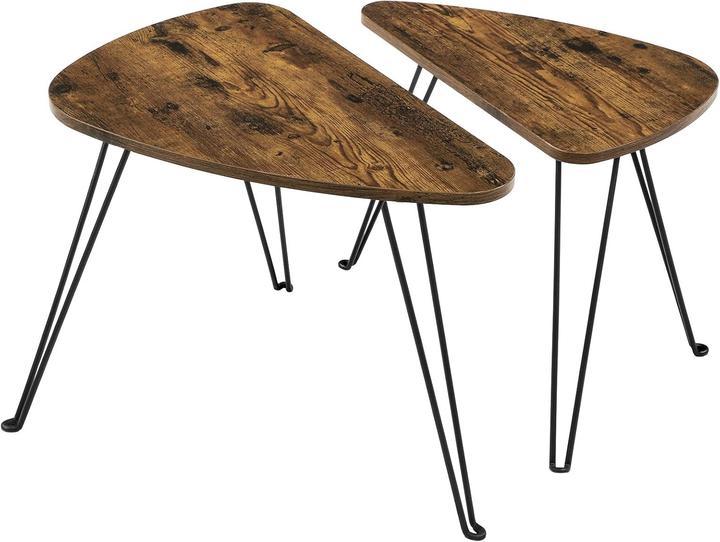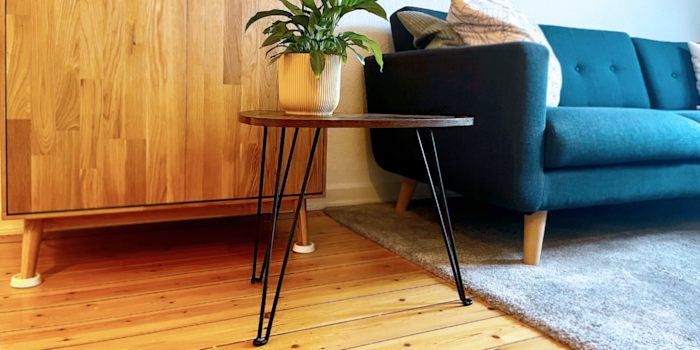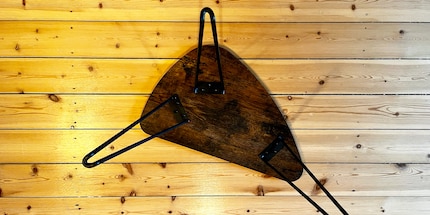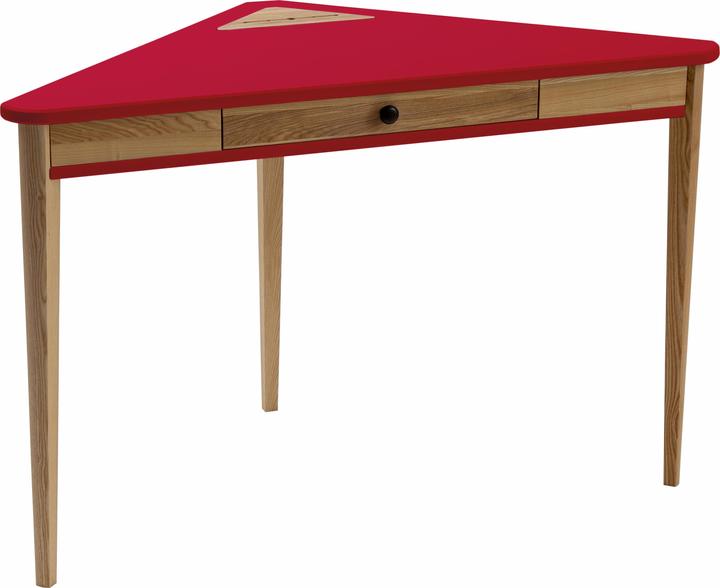

Don’t want your table to wobble? Go for the three-legged variety
Three’s a party, four’s a crowd? Here’s why classic four-legged tables are actually bad design.
You’d better take a breath, because this article contains mathematics. You’ll also need to be able to picture a 3D room. It’s the only way to explain the phenomenon of
three-legged tables being more stable than four-legged ones. The reason behind said phenomenon? The laws of statics. To be precise, it’s that the three points where the table legs meet the flat floor are on exactly one level. This prevents the table from wobbling – basically, the feet can’t «go anywhere». Even if this level, i.e. the floor has a slight slant, the table remains steady. If, like me, you live in an old apartment building, your floor might be ever so slightly tilted. That being said, it’s hardly noticeable day to day.
Incidentally, this is also why tripods for cameras or lamps usually only have three legs. With their help, photos and lighting remain in sharp focus.
With a four-legged table, you’re on shaky ground
On a four-legged table, on the other hand, the points of contact with the floor aren’t necessarily all on one level. Theoretically, the four contact points can become spread over two levels. Or to put it another way: one of the four table legs – no matter which one – will always be hanging off the floor. It might just be a couple of millimetres, but that’s still enough to trigger a bout of annoying fumbling with a beer mat under the foot of the table. Furniture manufacturers often solve this issue by giving the table a bit of flexibility elsewhere, allowing it to rebalance itself. This can, for example, be done by using a pliable material for the table top, such as wood. The whole thing can be deduced and proven mathematically using degrees of freedom or static determinacy (link in German).
If a table is built too rigidly, it gets broken. After all, mechanics dictates that if anything’s too rigid, it breaks eventually. Until that happens, it bends. It’s also why bridges are always designed with plenty of flexibility to prevent them from collapsing. That’s it in a nutshell.
Why most tables have four legs nonetheless
The fact that most tables are nevertheless built with four legs is down to customer expectations. This is what Justyna Bielawska of Polish furniture manufacturer Ragaba has to say when I ask her about the issue, «People buy what they’re used to, and that’s rectangular or square tables.»
The three-legged kind: a rarity
Some of these rare, three-legged varieties are to be found in our product range. Among them is the Songmics model I have in my living room.

Source: Anika Schulz
To give you some inspiration too, I’ve listed a few more three-legged favourites.
Header image: Anika Schulz
As a child, I was socialised with Mario Kart on SNES before ending up in journalism after graduating from high school. As a team leader at Galaxus, I'm responsible for news. I'm also a trekkie and an engineer.
Interesting facts about products, behind-the-scenes looks at manufacturers and deep-dives on interesting people.
Show all



